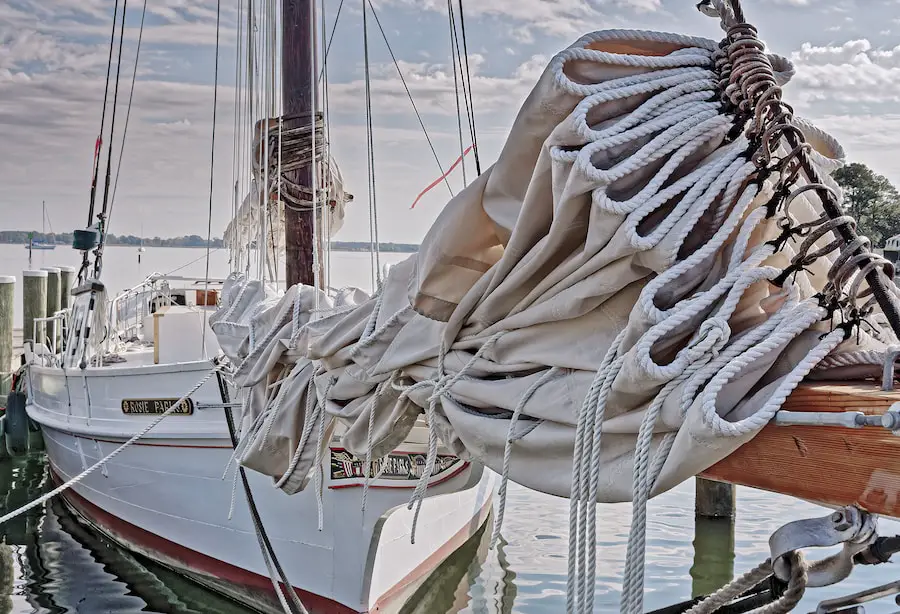Collaboration is a crucial aspect of the maritime industry, as it plays a significant role in ensuring the smooth and efficient operation of global trade. The maritime industry relies on the cooperation and coordination of various stakeholders, including shipping lines, ports, and logistics providers, to facilitate the movement of goods across the world.
Maritime alliances are agreements between shipping lines to cooperate and share resources in order to improve operational efficiency and reduce costs. These alliances can take various forms, such as vessel sharing agreements (VSAs), slot charters, or joint service agreements.
The primary goal of these alliances is to optimize vessel utilization, increase economies of scale, and enhance service offerings to customers.
This blog post aims to explore the importance of collaboration in the maritime industry and how maritime alliances can enhance this collaboration.
The Importance of Collaboration in the Maritime Industry
Collaboration is essential in the maritime industry for several reasons. Firstly, the industry is highly interconnected, with various stakeholders involved in the movement of goods from one location to another. Effective collaboration ensures that all parties are aligned and working towards a common goal, which is the efficient and timely delivery of goods.
Secondly, collaboration enables the sharing of resources and expertise among different stakeholders. For example, shipping lines can pool their vessels and share capacity to optimize utilization and reduce costs. Ports can collaborate with shipping lines to improve infrastructure and streamline operations. Logistics providers can work together to offer end-to-end solutions that meet customer requirements.
Types of Maritime Alliances and Their Benefits
There are different types of maritime alliances, each with its own benefits. Vessel sharing agreements (VSAs) involve shipping lines sharing vessel space on specific routes. This allows them to optimize vessel utilization, reduce costs, and offer more frequent sailings to customers. VSAs also enable shipping lines to offer a wider network coverage by combining their services.
Slot charters involve one shipping line leasing slots on another line’s vessels. This allows the leasing line to expand its network coverage without investing in additional vessels. It also provides the leasing line with flexibility in adjusting capacity based on market demand.
Joint service agreements involve shipping lines collaborating to operate a joint service on specific routes. This allows them to pool their resources and expertise to offer a more comprehensive service to customers. Joint service agreements can also lead to cost savings through shared infrastructure and operational efficiencies.
Case Studies: Successful Maritime Alliances

Several maritime alliances have been successful in improving operational efficiency and enhancing service offerings. One example is the 2M Alliance, which consists of Maersk Line and Mediterranean Shipping Company (MSC). The alliance was formed in 2014 and has since become one of the largest in the industry. The 2M Alliance allows Maersk and MSC to share vessel space, optimize capacity, and offer a wider network coverage to customers.
Another successful maritime alliance is the Ocean Alliance, which includes CMA CGM, COSCO Shipping, Evergreen Line, and OOCL. The alliance was formed in 2017 and has a strong presence in major trade lanes. The Ocean Alliance enables its members to share vessel space, optimize capacity, and offer competitive services to customers.
These alliances have been successful due to several factors. Firstly, they have a clear vision and common goals, which allows them to align their strategies and operations. Secondly, they have strong leadership and effective communication channels, which facilitate decision-making and problem-solving. Lastly, they have a culture of trust and collaboration, which enables them to work together towards shared objectives.
Challenges and Risks of Maritime Alliances
While maritime alliances offer numerous benefits, they also come with challenges and risks. One of the main challenges is ensuring effective coordination and communication among alliance members. This can be challenging when there are multiple stakeholders involved, each with their own priorities and objectives. Misalignment and lack of communication can lead to inefficiencies and conflicts within the alliance.
Another challenge is managing the complexity of alliance operations. Maritime alliances involve the coordination of various activities, such as vessel scheduling, cargo handling, and documentation. Ensuring smooth operations requires effective systems and processes, as well as strong operational capabilities.
There are also risks associated with maritime alliances, such as the potential for anti-competitive behavior. Alliances that dominate certain trade lanes can have a significant impact on market competition. Regulatory authorities closely monitor alliances to ensure fair competition and prevent anti-competitive practices.
To mitigate these challenges and risks, it is important for maritime alliances to have clear governance structures and mechanisms in place. This includes establishing effective decision-making processes, setting performance metrics, and implementing regular monitoring and evaluation systems.
Strategies for Building Strong Maritime Alliances
Building strong maritime alliances requires careful planning and execution. One strategy is to establish a clear vision and common goals for the alliance. This ensures that all members are aligned and working towards a shared objective. It is also important to have strong leadership and effective communication channels to facilitate decision-making and problem-solving.
Another strategy is to foster a culture of trust and collaboration within the alliance. This can be achieved through regular communication, transparency, and mutual respect among members. Building strong relationships based on trust and collaboration is crucial for the long-term success of the alliance.
Additionally, it is important to invest in technology and infrastructure to support alliance operations. This includes implementing advanced systems for vessel scheduling, cargo tracking, and documentation. Technology can enhance collaboration by providing real-time visibility and data sharing among alliance members.
The Role of Technology in Enhancing Collaboration
Technology plays a crucial role in enhancing collaboration in the maritime industry. Advanced systems and platforms enable real-time visibility and data sharing among different stakeholders, which improves coordination and decision-making. For example, digital platforms can provide real-time information on vessel schedules, cargo status, and port operations, allowing all parties to stay informed and make timely decisions.
There are several specific technologies that can be used to enhance collaboration in the maritime industry. One example is blockchain technology, which enables secure and transparent sharing of data among multiple parties. Blockchain can be used to streamline documentation processes, reduce paperwork, and enhance trust among stakeholders.
Another technology is Internet of Things (IoT), which involves the use of sensors and devices to collect and transmit data. IoT can be used to track cargo, monitor vessel performance, and optimize operations. By providing real-time data, IoT enables stakeholders to make informed decisions and respond quickly to changes in the supply chain.
Future Trends in Maritime Alliances
The maritime industry is constantly evolving, and there are several future trends that will impact maritime alliances. One trend is the increasing use of digital platforms and technologies to enhance collaboration. As technology continues to advance, there will be more opportunities to leverage digital solutions for improved coordination and efficiency.
Another trend is the focus on sustainability and environmental responsibility. Maritime alliances are increasingly adopting green practices and investing in eco-friendly technologies. This includes the use of low-emission vessels, alternative fuels, and energy-efficient operations. Sustainability will become a key consideration for maritime alliances in the future.
Additionally, there is a growing trend towards regional alliances and partnerships. As trade patterns shift and new markets emerge, alliances will need to adapt and form strategic partnerships to meet customer demands. Regional alliances can provide localized expertise and better serve specific markets.
The Impact of Maritime Alliances on Global Trade
Maritime alliances have a significant impact on global trade. By optimizing vessel utilization and reducing costs, alliances enable shipping lines to offer competitive rates to customers. This benefits global trade by making shipping more affordable and accessible.
Maritime alliances also enhance service offerings by providing more frequent sailings and wider network coverage. This improves supply chain reliability and reduces transit times, which is crucial for time-sensitive goods and just-in-time manufacturing.
Furthermore, alliances contribute to the overall efficiency of the maritime industry by reducing congestion at ports and optimizing cargo handling processes. This improves the flow of goods and reduces delays, which is essential for the smooth operation of global trade.
Conclusion: Charting a Course for Successful Collaboration in the Maritime Industry
In conclusion, collaboration is vital in the maritime industry to ensure the efficient and timely movement of goods. Maritime alliances play a crucial role in enhancing collaboration by enabling shipping lines, ports, and logistics providers to work together towards common goals. By sharing resources, optimizing capacity, and improving service offerings, alliances contribute to the overall efficiency and competitiveness of the industry.
To build successful maritime alliances, it is important to have a clear vision, strong leadership, and effective communication channels. Trust and collaboration are key ingredients for long-term success. Additionally, investing in technology and infrastructure can enhance collaboration by providing real-time visibility and data sharing among alliance members.
As the maritime industry continues to evolve, it is important for stakeholders to embrace collaboration and adapt to changing market dynamics. By working together, the industry can overcome challenges, seize opportunities, and chart a course for a more efficient and sustainable future.


